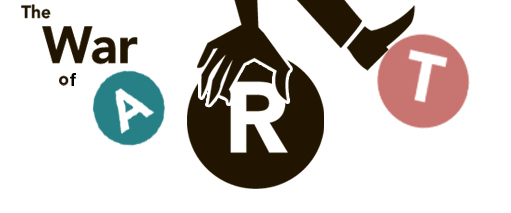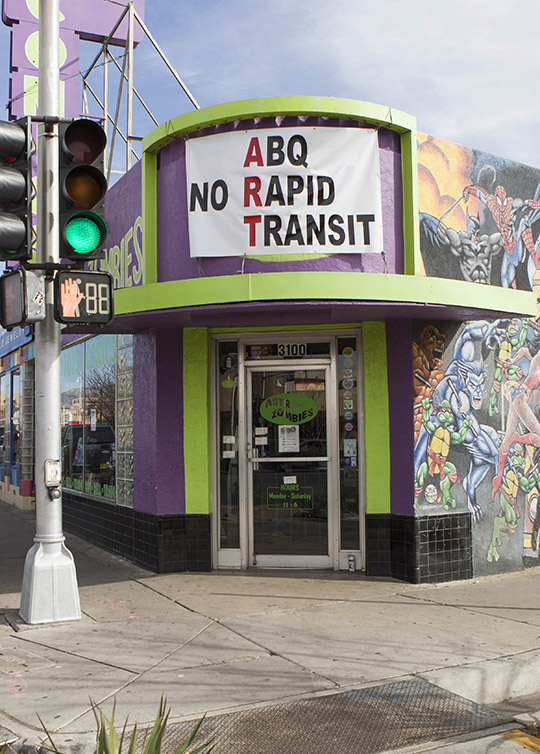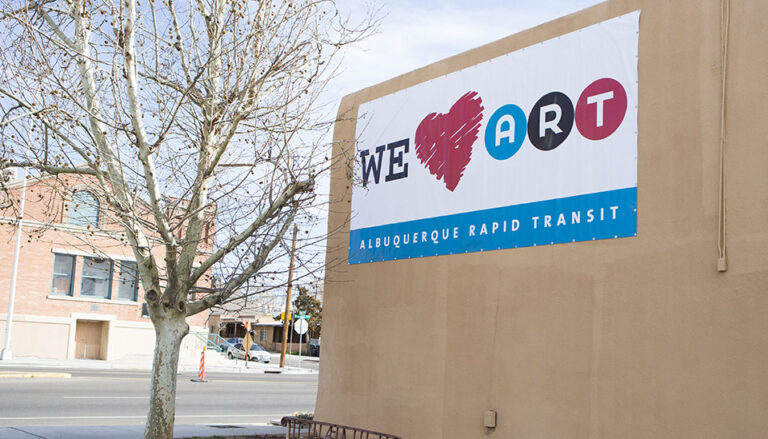Ah, conflict. The spice of politics. In an attempt to remain neutral in the midst of a strife-laden argument over the proposed Albuquerque Rapid Transit system, we here at the Alibi planned to take the opinions of two local business leaders on opposite sides of the fence and drop them into the mason jar of public discourse like a couple of bees. Just shake it up and see what falls out.First, we spoke to Steve Schroeder, of Nob Hill Music, an outspoken opponent of the city’s transit plan: “What needs to be understood about bus rapid transit systems is that they only work in congested, dense cities, and we’re neither one of those. And the second thing is that none of these systems that are built go down a main street, especially one that is a nationally historic street. These systems do work, but not in our particular situation or city.“From the business point of view, it’s going to restrict traffic. The city says 18 months to build ART, but they said 6 months when they were planning roadwork on Lead and Coal, and that ended up taking 2 years. That was about a five-mile stretch. This one’s a 10-mile stretch. I think it’s going to take longer than 18 months, because the infrastructure that’s underneath Central is 85 years old, and when you start digging, paving and repairing water systems in those places, you don’t know what you’re going to find.“Buses don’t attract ridership. They don’t create economic development. We’re a big town, we’re not a major city. So, all of these bus applications that the mayor wants to apply have no connection, no efficiency, no effectiveness, no demand and no economic viability. All these variables affect everybody. It’s not just my store. It’s not just the stores on Central. It’s not just the neighborhoods along the corridor. It’s the whole city that will be affected by this. In effect, it’s going to create a wall between the north and south sides of the city."After attempting to reach out to local business owners in favor of ART and receiving no responses, we spoke to Gary Oppedahl of the Department of Economic Development: “As ART comes in, then people will have a really good, valid, reliable—every seven minutes—transportation situation. A dedicated lane, pre-ticketing, signal right-of-way—every seven minutes. That way you don’t have to show up someplace an hour ahead of time, or be late, and since it has its own dedicated lane, it will be much more reliable, and people can actually start using it for live, work and play. And that’s really going to revitalize the Downtown area.“Change always causes angst. [speaking as a local business owner] ‘Here I am, I’m making it on Central now, and I’m concerned. I don’t trust that the city’s going to be able to pull this off like they think they will.’ And I get that. I’m a small business owner, myself. And you say you’re going to tear up the street in front of me, and I’m saying, ‘OK. I have to make sure I can get through this.’ But we know that this is going to be a catalyst to the city, a bright and shiny new penny.“We want this to be a community barn raising, since it will benefit the whole community and the whole community can show it’s support. We want to hold some events and provide incentives for people to come down to Central to buy goods and services from our friends there. We’ll have some pop-up art—just some things to get people Downtown during construction, making sure that people are set, and that we’re bringing customers to their front door.”So there you have it, folks. Is it the bringer of doom or the city’s savior? Sure doesn’t seem to be much middle ground here, but we’ll continue to hold our breath.
The city will be holding a special public meeting to let citizens ask questions and voice opinions about the ART project Tuesday, March 8, from 6-8pm at Kiva Auditorium (401 Second Street NW).







